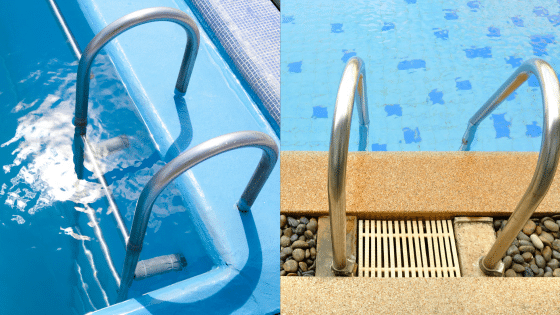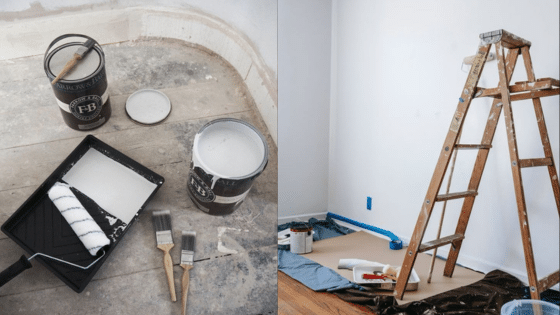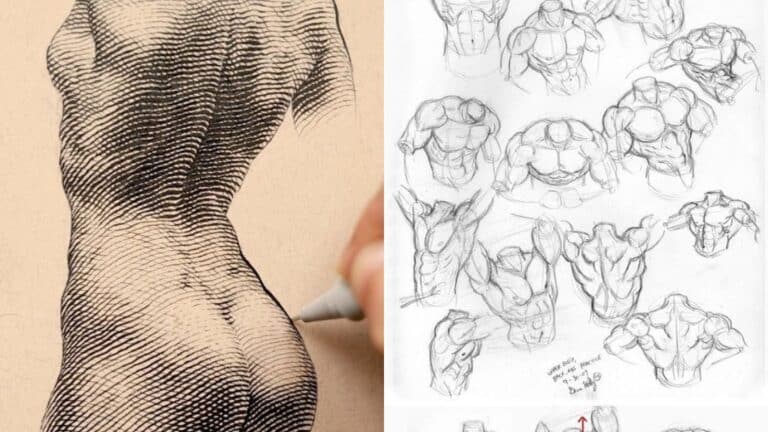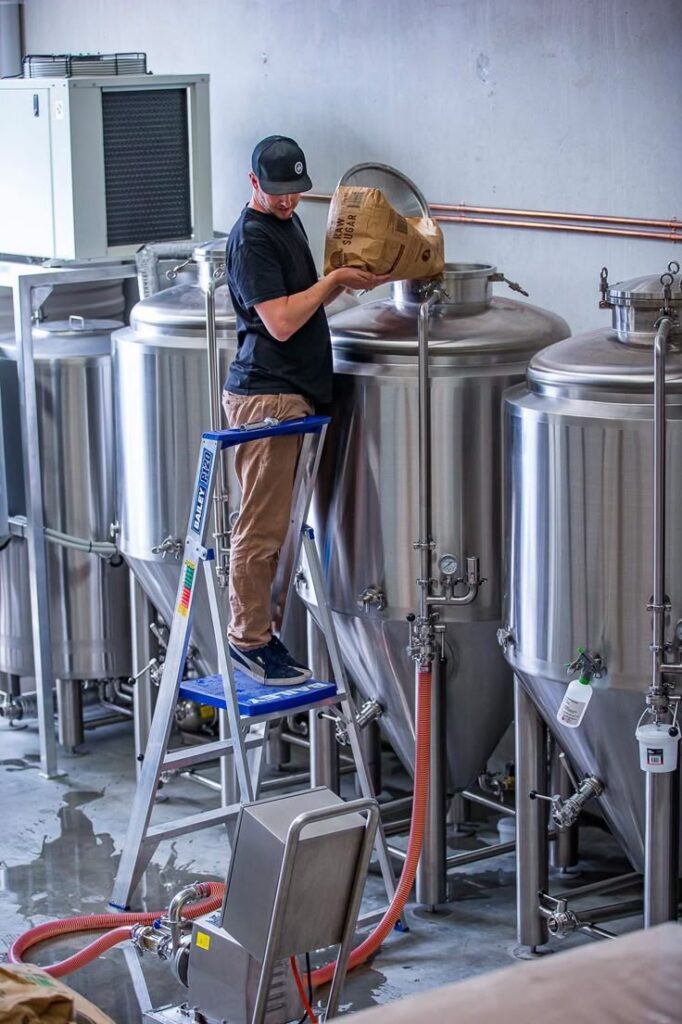
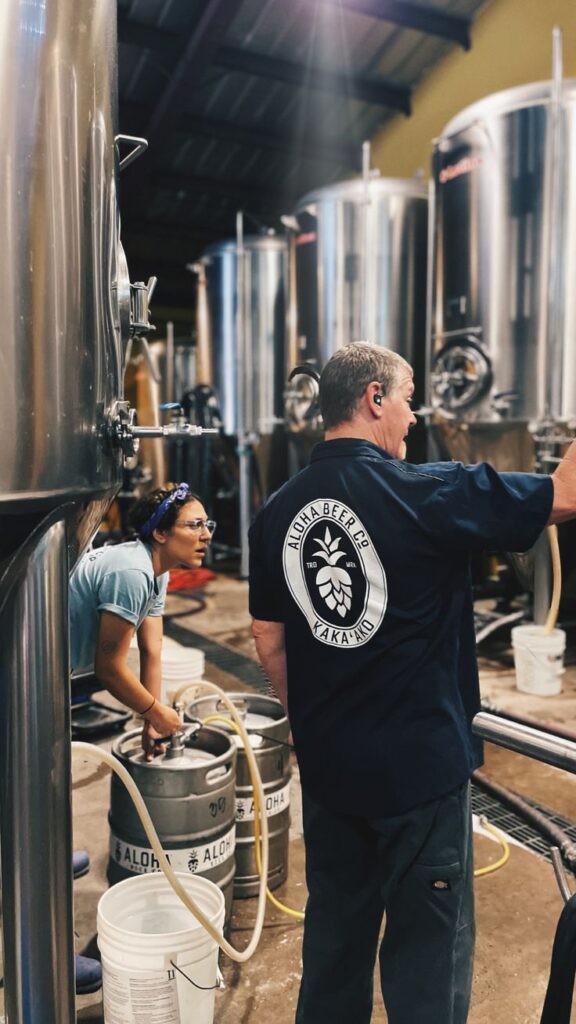
Expanding a brewery requires more than adding tanks or increasing floor space. The quality of the sanitary components chosen directly affects beer consistency, safety, and production efficiency. Selecting the right parts can streamline operations and help maintain product quality during growth.
In any expansion project, details like fittings, valves, hoses, and sight glasses play a key role in how smoothly the brewing process runs. By focusing on proven sanitary components, a brewery can scale up without sacrificing cleanliness or performance. This approach supports both immediate production goals and long-term operational success.
1. Tri-Clamp Sanitary Fittings by CSI
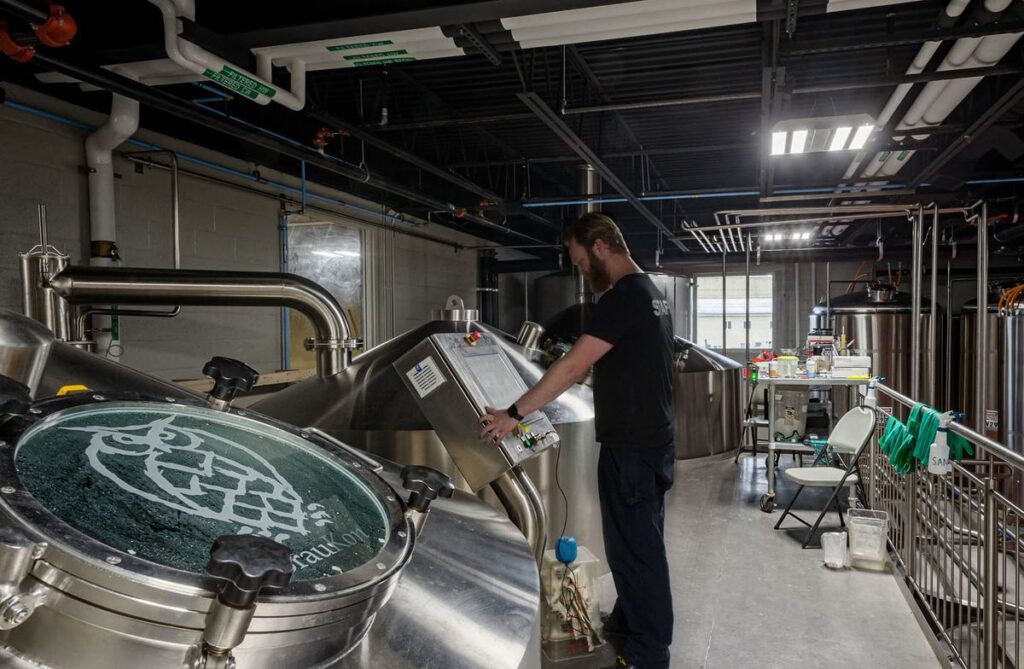
Tri-clamp sanitary fittings are a common choice for brewery expansions because they allow fast assembly and disassembly. Their simple clamp, gasket, and ferrule design creates a secure seal that helps prevent leaks during production. This makes them suitable for both new installations and system upgrades.
These fittings work well in brewing environments where frequent cleaning is necessary. The smooth stainless steel surfaces reduce the chance of residue buildup, which supports consistent product quality. They are available in several sizes and stainless steel grades to match different process needs.
For breweries sourcing components, the best sanitary equipment online store offers a wide selection of tri-clamp fittings. This includes standard clamps, adapters, and hybrid connections for linking to threaded parts like valves or gauges.
Many brewers use tri-clamp fittings to connect tanks, pumps, and filtration units. Their quick-change capability can help reduce downtime during maintenance or equipment changes, which is especially useful during busy production schedules.
2. Stainless Steel Brewery Valves by GW Kent
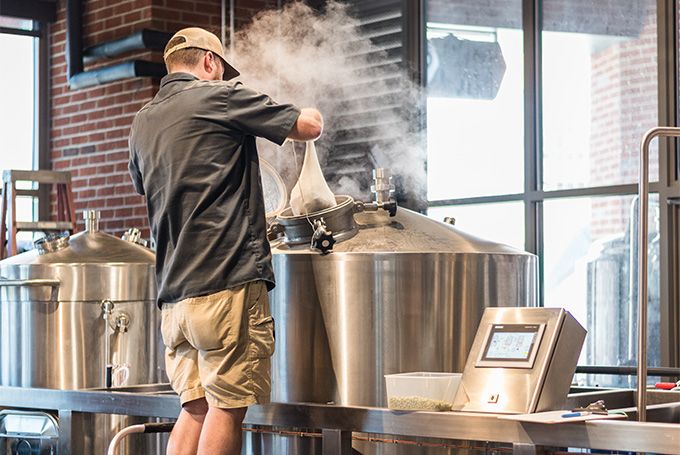
GW Kent offers stainless steel valves designed for brewery use. These valves use food-grade materials that meet sanitary standards for beer production. They resist corrosion and handle high temperatures and pressure common in brewing.
The valves are made from 304 stainless steel, with some models available in 316L for higher resistance to chemicals. This makes them suitable for both hot and cold side brewing processes. Each valve is TIG welded and polished for smooth surfaces that help maintain hygiene.
Multiple valve types are available, including butterfly and ball valves. Sizes vary to match different pipe systems, allowing breweries to upgrade or expand without major system changes.
Pressure relief valves are also part of the range, helping protect tanks from overpressure. All products undergo inspection and pressure testing before sale. This attention to detail supports consistent performance in brewery operations.
3. Sanitary Sight Glasses
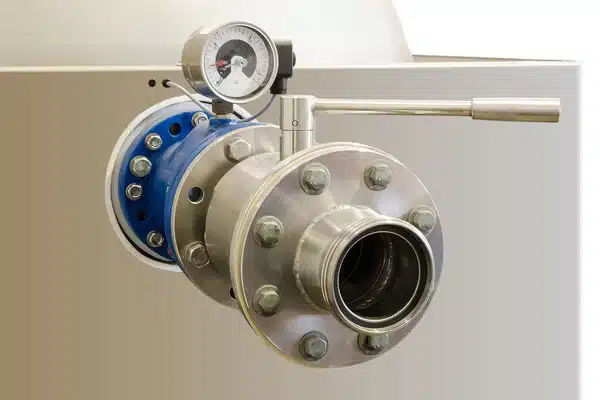
Sanitary sight glasses allow operators to view the product inside a pipeline or tank without opening the system. This helps maintain hygiene while still giving a clear look at flow, color, and clarity. They are common in breweries for monitoring stages like transfers and filtration.
Most models use a tri-clamp connection for quick assembly and removal. This design makes cleaning and inspection faster, which supports consistent production schedules. Glass materials such as borosilicate offer high clarity and good resistance to heat and pressure.
In brewery expansion projects, sight glasses help staff confirm that processes run as intended. For example, they can spot foam levels, sediment, or unexpected changes in appearance. This allows quick adjustments before issues affect the final product.
Different sizes and configurations are available to fit various line diameters. Some include protective shields to prevent damage during handling. Selecting the right sight glass depends on factors like pressure range, temperature limits, and the type of beverage produced.
4. Concentric Reducers for Brewery Piping
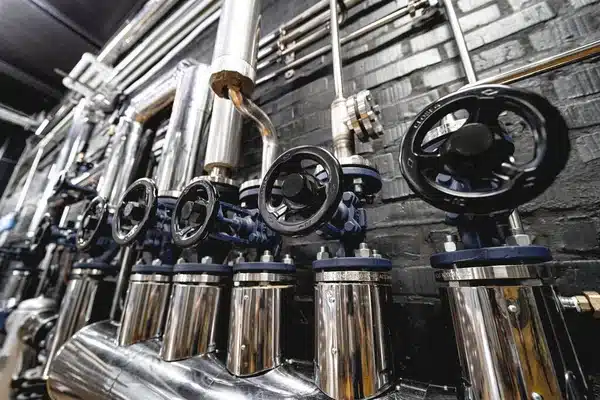
Concentric reducers connect pipes of different diameters while keeping the centerline aligned. This design allows liquid to flow smoothly without sudden changes in direction. Breweries often use them to transition between pumps, tanks, and process lines.
These reducers are usually made from stainless steel grades such as 304 or 316L. Both materials resist corrosion and meet sanitary standards for food and beverage production. The polished interior surface helps prevent residue buildup and supports easy cleaning.
In brewery applications, concentric reducers help maintain consistent flow rates. This reduces turbulence that could affect product quality. They also work well in vertical piping where symmetrical alignment is preferred.
Sizes vary to match common tri-clamp fittings used in sanitary systems. Installers can weld them in place or use clamp connections for easier removal. The choice depends on the layout and maintenance needs of the brewery.
5. Sanitary Transfer Hoses
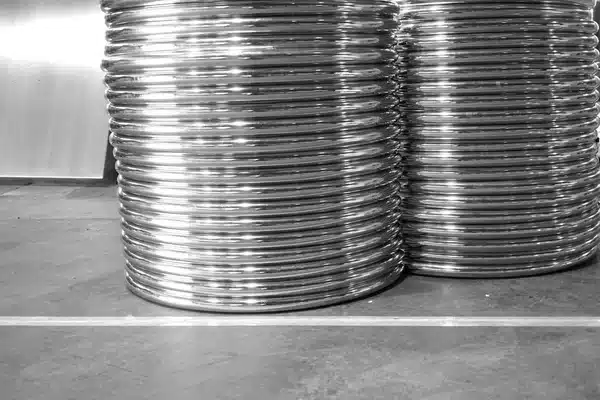
Sanitary transfer hoses allow breweries to move beer, wort, and other liquids between tanks without contamination. They meet food-grade standards such as FDA and 3-A sanitary requirements, which help maintain product safety.
These hoses often use smooth, non-porous liners that prevent residue buildup. This design also makes them easier to clean between batches, which supports consistent product quality.
Many brewery hoses are built to handle both suction and discharge applications. They often feature reinforced construction for flexibility and wear resistance, even in demanding production schedules.
Fittings play an important role in safe liquid transfer. Tri-clamp or similar sanitary connections create a secure, leak-resistant seal between the hose and equipment.
Custom lengths and diameters allow breweries to match hoses to specific layouts. This flexibility can help improve workflow and reduce the need for awkward or unsafe hose routing.
Conclusion
A brewery expansion benefits from selecting sanitary components that meet both production needs and hygiene standards. Each part, from fittings to hoses, plays a direct role in product quality and operational safety.
The right materials and designs help maintain clean transfers, reduce downtime, and support consistent output. Stainless steel, proper seals, and sanitary valves often meet these needs effectively.
By focusing on components that match system requirements and meet industry guidelines, breweries can streamline operations and protect product integrity. This approach supports efficiency while maintaining high sanitation standards.
- 0shares
- Facebook0
- Pinterest0
- Twitter0
- Reddit0








